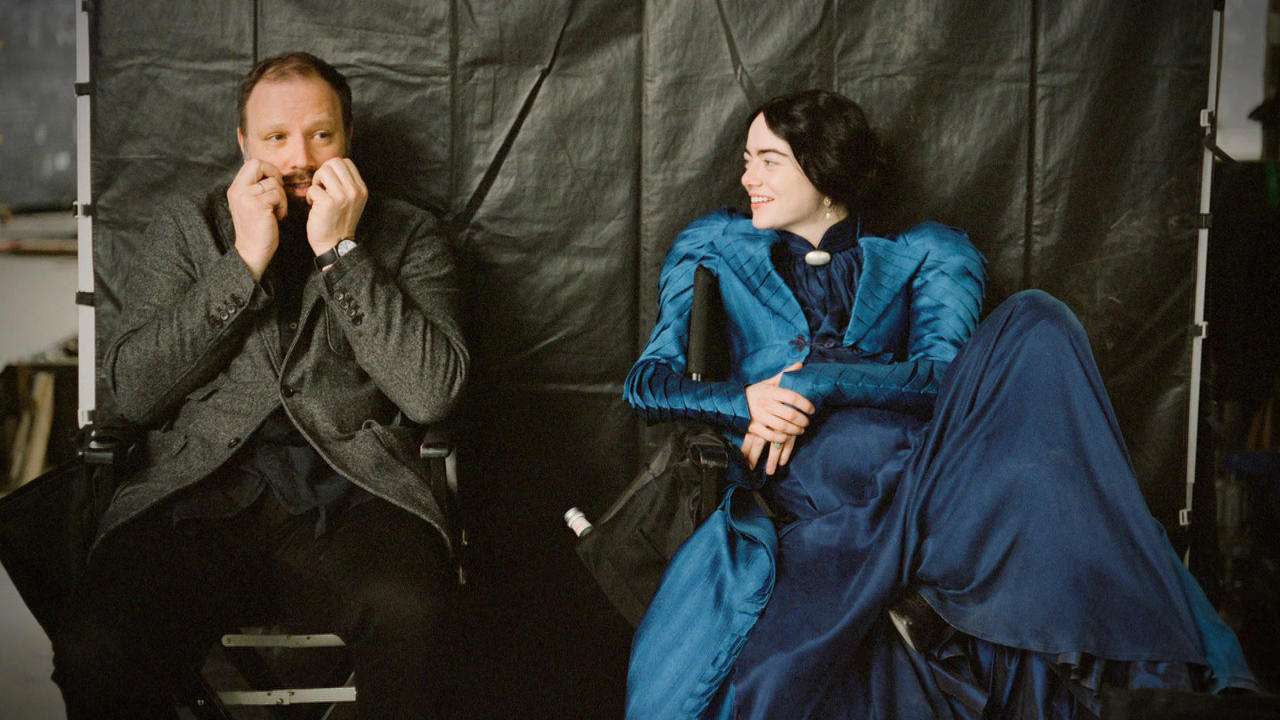Adapted from Clive Barker’s 1986 novella The Hellbound Heart, the iconic British horror film “Hellraiser” (1987), directed by Mr. Barker himself, cracks open the gates of Hell for cinephiles. Barker’s exploration of the extremes of sadomasochism has spawned eleven screen adaptations thus far, with rumors circulating about the development of a TV adaptation with HBO Max. Despite numerous attempts within the franchise, none of the films have managed to eclipse the monumental success achieved by the original “Hellraiser,” whose triumph is also vividly mirrored in its box office performance, reaching a lifetime gross of more than $14 million.
In “Hellraiser” (1987), the viewers are drawn into a delectably perverse and mysterious world where the insatiable desires of a man named Frank (Sean Chapman) lead him to unleash something truly terrifying. By solving a mysterious puzzle box, Frank unwittingly summons the Cenobites, a group of extradimensional demons who subject their summoners to a series of excruciating tortures in their quest to explore the boundaries of human pleasure.
Years later, the stage is set for further terror when Frank’s older brother Larry (Andrew Robinson), who poses a stark contrast to Frank’s hedonistic nature, relocates with his second wife Julia (Clare Higgins) to the very house where Frank’s infernal pact with the Cenobites was forged. Little do they know, they’re stepping into a house haunted by an unimaginable past where the boundaries between pleasure and pain blur.
Right from the first few scenes of “Hellraiser,” Barker’s use of religious iconography is impressive. The film skillfully juxtaposes statues of Jesus Christ and Mary with imagery evocative of sadism, such as the summoning circle that Frank creates when initially summoning the Cenobites. This deliberate contrast, which becomes more pronounced as the narrative unfolds, prompts viewers to reconsider the traditional binary between good and evil. It suggests that this binary may not be as rigid as commonly perceived but rather fluid, porous, and subject to reinterpretation. By interweaving sacred and profane imagery, Barker challenges traditional notions of morality and compels viewers to confront unsettling questions about the nature of sin and gratification.
Perhaps one of Barker’s strengths, which eventually contributed to his status as a horror auteur, can be found in his creation of the Cenobites. In addition to Barker, Joanna Johnston, renowned for her costume designs in blockbuster films such as “Indiana Jones and the Last Crusade” and “Back to the Future Part III,” also deserves recognition for her contribution to shaping the identity of the Cenobites.

While Pinhead (Doug Bradley) commands much of the dialogue and attention as the lead Cenobite, the level of distinctiveness of each costume ensures that every Cenobite is endowed with a unique identity which prevents them from being homogenized under the banner of the Cenobites. Although Barker hasn’t explicitly detailed the cultural inspirations behind the costume design of the Cenobites, the influences are unmistakable. You can identify traces of the punk movement, the underground BDSM scene, and the avant-garde styles of fashion powerhouses like Vivienne Westwood.
Alongside the impeccable costume design and makeup, Barker’s skill in crafting a group of antagonists renowned for their sharp wit is truly remarkable. Unlike many other horror films of the same era, where antagonists like Michael Myers and Jason Voorhees often lack dialogue or depth, the Cenobites are capable of engaging in meaningful conversations with their victims. This dynamic adds an extra layer of enjoyment when witnessing Pinhead and his infernal cohorts on screen.
As a viewer, you don’t only anticipate the horrors the Cenobites will unleash but also the repartee they have in their arsenal. While their responses may occasionally lack originality, they are consistently delivered with a sharp wit and coherence. One particularly memorable moment happens when Kirsty first encounters the Cenobites. As she begins to cry, Pinhead delivers a line that is both clever and darkly humorous: “Oh, no tears, please. It’s a waste of good suffering.”
Does Barker’s “Hellraiser” offer us outstanding performances? With the exception of Doug Bradley’s “Pinhead,” who contributes greatly to the creation of an eerie atmosphere, and Clare Higgins’s more than satisfactory performance as the corrupt “Julia Cotton,” not really. Furthermore, many of the special effects used in “Hellraiser” might disappoint modern horror enthusiasts who are accustomed to a higher level of perceptual realism, often achieved through CGI. The special effects in the film are at their best when they’re slimy and incredibly wet, echoing the style of other 80s classics like Cameron’s “Aliens” and Carpenter’s “The Thing.” One of the standout moments in the film’s special effects is undoubtedly the scene where Frank emerges from his brother’s drop of blood on the wooden floor.
Still, it would be remiss to overlook what Barker accomplished with the limited budget provided by his producer, Christopher Figg. Overall, “Hellraiser” (1987) may not be the horror film of the century. Yet, with its level of creativity and the outstanding efforts in character building (yes, I’m referring to the Cenobites), the film delivers everything that an adrenaline junkie could hope for.





![Grave of The Fireflies [1988]: A Love Letter to Brotherhood](https://www.highonfilms.com/wp-content/uploads/2021/04/Grave-of-The-Fireflies-1984.jpg)



